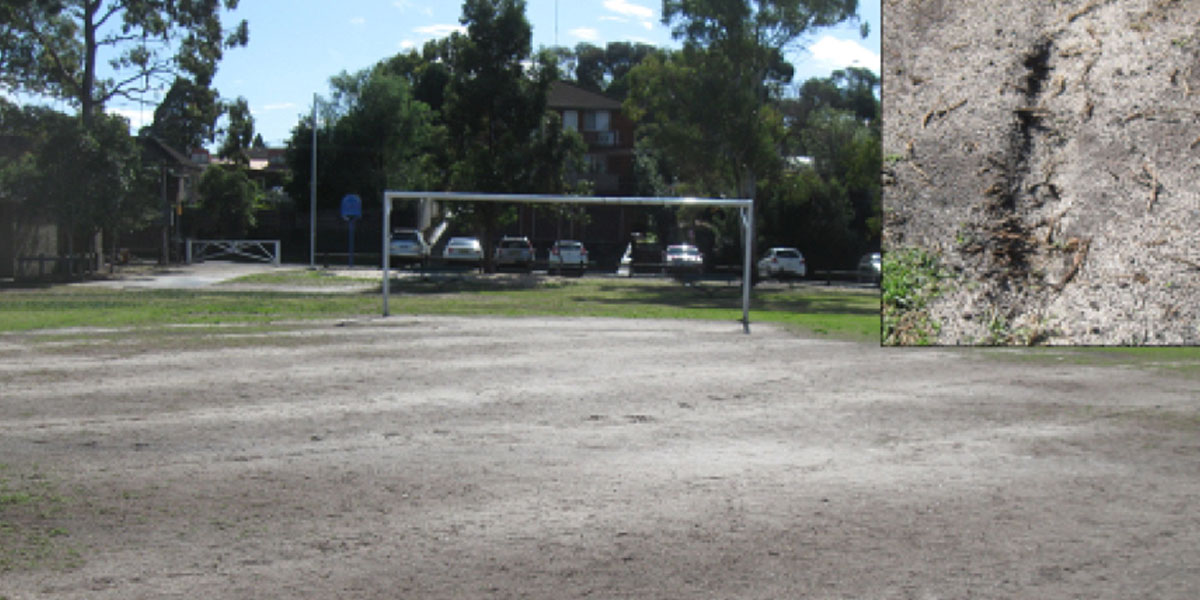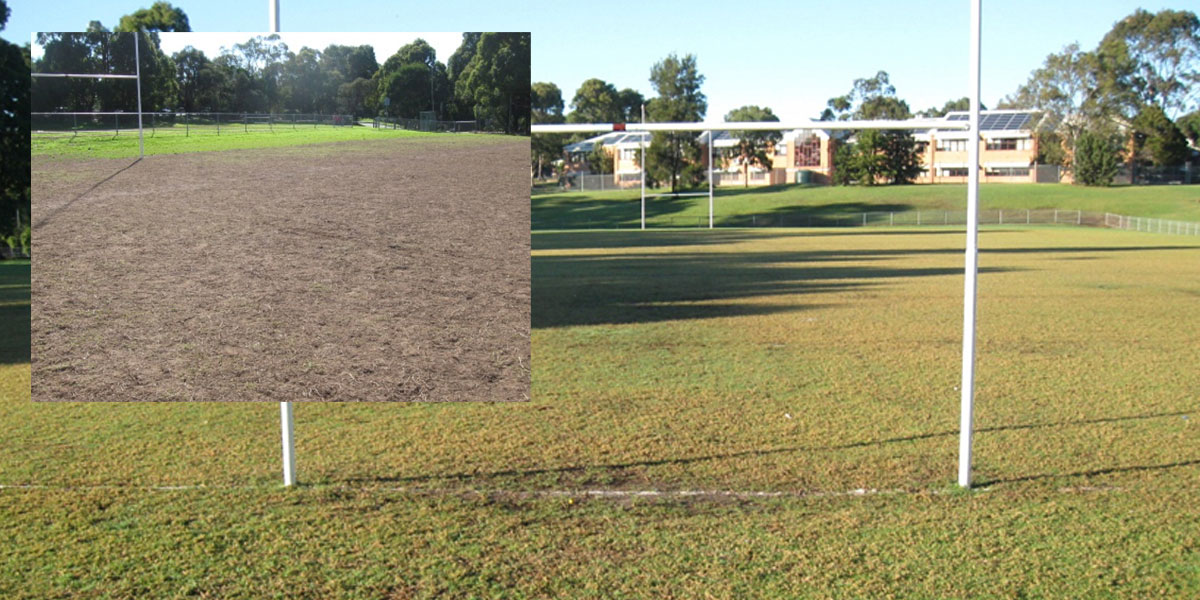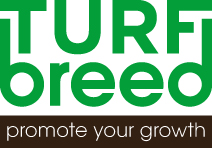Above: Dr Mick Battam (above) spends most of his work-life assessing sports fields, primarily in New South Wales. His repertoire includes 1000 sports fields, 25 Golf Courses, 50 Parks (such as Hyde and Barangaroo), four Botanical Gardens and Randwick.
Turf is being short-changed on many sporting fields where installation is not properly completed. With this market being one set to increase for the turf industry, it is vital that this issue is properly addressed.
However, the simple question is: “Do growers fully comprehend the management applications that must be applied before laying turf on any sporting field?”
According to one of the industry’s leading advocates in this arena, Dr Mick Battam from AgEnviro Solutions … “probably not”.
The soil scientist and turf specialist says he is seeing far too many sports fields underperforming when consulting to concerned sport field managers.
“In short, it is because there is not a good set of guidelines that growers, or layers of turf for sports fields, can follow,” Mick said.
“And it has the potential to greatly reduce the value of the turf because sporting field managers are blaming the turf and not the installation!”
Mick spends most of his work-life assessing sports fields, primarily in New South Wales. His repertoire includes 1000 sports fields, 25 Golf Courses, 50 Parks (such as Hyde and Barangaroo), four Botanical Gardens and Randwick.
More recently he has been developing new types of top dressing materials for use on playing fields.
Mick stressed that before any heavily used sports field had turf installed, there were three areas that needed to be reviewed:
- Has a turf cultivar been selected that can handle the site wear levels?
- Has the soil been amended?
- Management of the fields.
“When I talk to sporting field managers, many of them are despondent … they see a worn out field and immediately blame it’s condition on the amount of usage that it receives and often the turf itself,” he said.
But before any turf is laid on a proposed sporting field – the first thing a grower should ask their potential client, usually a council, is how much wear the field is going to get.
“If the field receives too many matches and training hours then ideally the wear levels would be reduced by moving some teams so they train on another site” he explained.
“Turf can deal with very high wear hours, but only if an appropriate turf cultivar is used, everything is done right so the soil is healthy and the field drains well. As such, the wear and tear hours MUST be ascertained before the turf is laid.”
Mick has developed a foot traffic calculator to take the guess work out of this process.
“It allows direct comparisons to be made between the carrying capacity of sporting fields and their current sport usage,” he said.
“The model has been reliably used to forecast the condition of more than 600 playing fields with the New South Wales Environment Protection Agency sponsoring the conversion of the tool into a website program for use by council sports field managers.”
Mick urged growers supplying turf to this industry to become familiar with the tool and recommended it to their clients.
Once the expectations of those using and managing the field is addressed, than the preparation of the field and an understanding of how it will be managed is needed.
For growers, they can assure their client that there is a magic formula that can assist in terms of laying and maintaining a sporting ground:
THE MAGIC FORMULA is …
- Excellent drainage: often slit drainage is not required (occasionally).
- Fertile soil that does not set like a brick (often mix AS 4454 compost into the soil).
Once the hard work is done, then an appropriate turf variety is laid and basic maintenance should be followed. This includes:
- Using a pre-emergent.
- Irrigating.
- Fertilising 1 to 3 times annually depending on the wear hours.
- Aerating as the soil dictates (soils without compost will need more aeration).
- Filling in any holes that develop with material matching the existing site soil … don’t add sand unless this is similar to the existing soil.
“When turf continually fails, councils start to look at using synthetic turf. Instead, they should have been looking at their choice of turf cultivar and their amendment of the soils,” Mick explained.
“So for a turf grower, it is not just about selling a sporting field client some turf – it is also about how they can assist with the pre-installation process.” TB

Above: This soccer field will not last very long … and has a very limited lifespan if it continues to have 33 hours/week of soccer play and training.

Above: If your footy field gets 20 hours per week of use it should be able to look like this by the end of winter, if it doesn’t look like this (see insert) then amend the soil and drainage. Once amended, the field will need fertiliser, aeration, topdressing in the holes and, depending on the nature of the soil, it may need a pre-emergent.
For more information on this topic contact: Dr Mick Battam M: 0425 363 161 E: mick@agenviro.com

